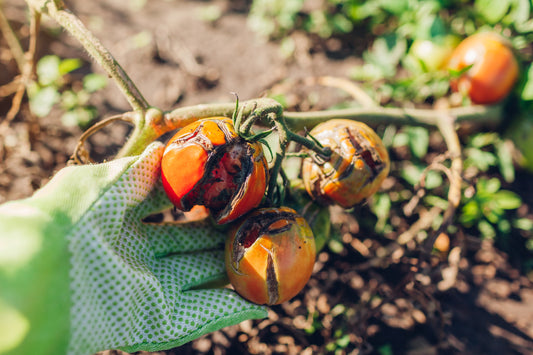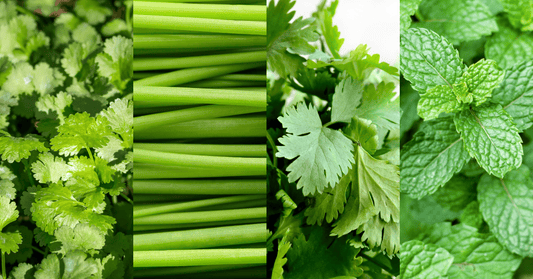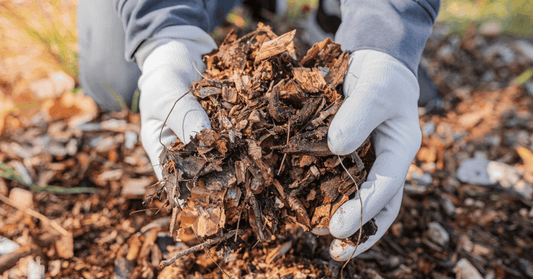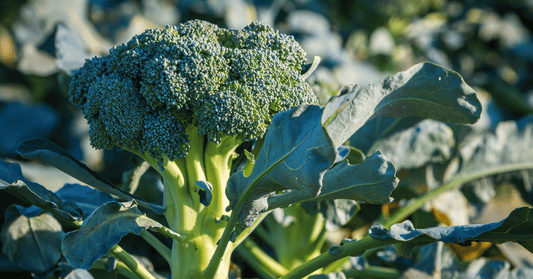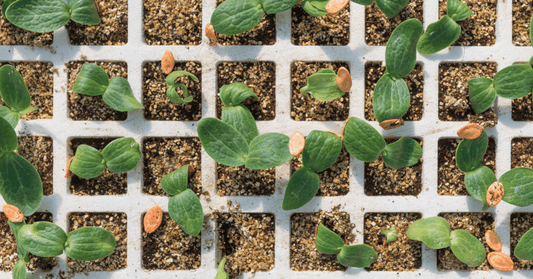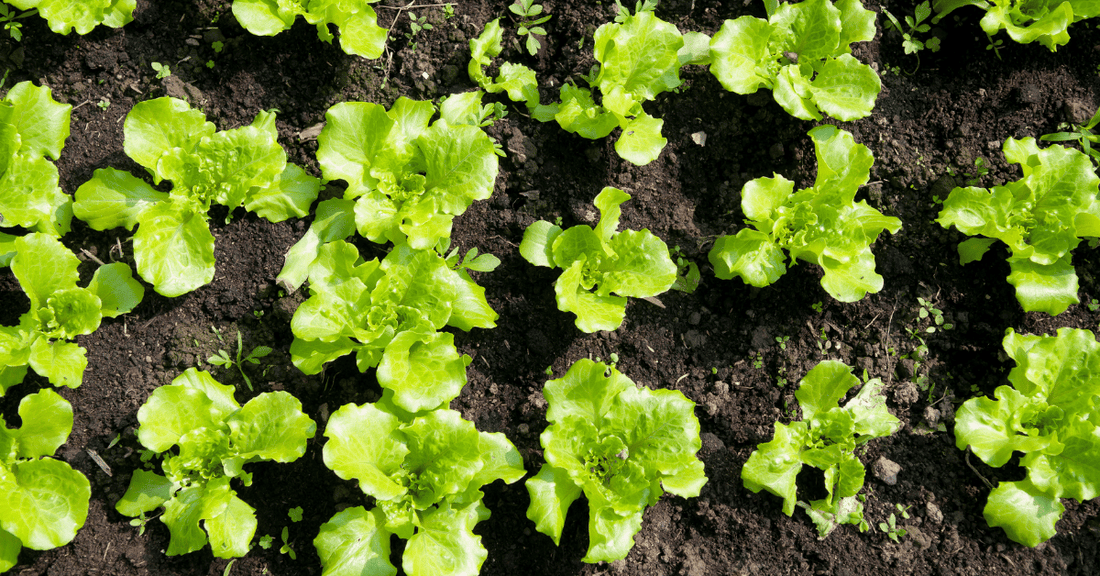
Starting an Organic Vegetable Garden - 5 Easy Steps
In recent years there has been a growing interest in organic vegetable gardening as a hobby. There are a number of factors contributing to this trend. A recent upswing in "foodie" culture has created an appreciation for fresh, high quality produce. Likewise, a growing awareness of health issues, sustainable living and sourcing food locally, has made gardening at home an attractive option. From a psychological perspective, the recent recession has led many individuals to seek out inexpensive, yet meaningful ways to spend their free time. Not to mention, our fast-paced, technology-driven lives often create a longing to reconnect with nature.
For these reasons, organic gardening has experienced a sort of renaissance. If you are interested in starting an organic vegetable garden, here are 5 easy steps to get you started.
1. Determine the type of vegetables and herbs you want to grow.
Consider your climate zone and select compatible vegetables. Research each vegetable’s planting schedule and map out your activities for the next few months. If you are brand new to gardening, start small with a couple hearty vegetables like beans, squash, arugula, tomatillos, peppers or potatoes. Rosemary is a particularly versatile, hearty herb and will make the garden smell wonderful. As your experience and confidence grows, you can expand your repertoire into other vegetables and herbs.
2. Select a location for your garden.
The best location will be exposed to sunlight at least 6 hours a day. It should have rich soil and efficient drainage so that water puddles do not linger. Decide the size and shape of the garden and designate the parameters. If you want clean lines, wooden stakes and some string can help you create a precise geometric border.
3. Clear the location for your garden bed.
Chances are, the space you have selected is occupied. If plants or gravel currently inhabit the area, they will need to be removed. This is typically the most difficult part of the gardening process, so rest assured that once this is done, gardening gets much easier!
4. Prepare the soil.
High quality soil is fundamental for a healthy, successful garden. Dig up the ground and turn the soil. If it’s available, add in natural compost or an all natural fertilizer. Likewise, most gardens will benefit from added beneficial soil organisms found in products like EM•1® Effective Microorganisms®. These microbes convert organic matter into a food source for plants, making vegetables more nutritious, heartier and just plain tastier.
5. Plant your organic vegetable garden.
If you are at the start of the season, plant organic seeds. If you prefer starting with a seedling or small plant, when you are at the nursery be sure to rule out any plants that have been grown with chemical fertilizers or pesticides. Not only are synthetic fertilizers unattractive health-wise, but the plants will also be somewhat addicted to the chemicals, making the transition to your garden more likely to be unsuccessful. Inspect each plant for signs of disease or bug infestation. A plant's stems, leaves and root system should look vital, rather than scraggly or weak. Once you have selected healthy, organic plants, be sure to water you plants before planting. A soaked root system will help the plant make the transition. Dig a hole twice as deep (or slightly more) as the plant’s root ball. After the soil has been filled in and lightly compacted, water the plant again. Once all your plants are planted, cover the garden bed with 3 inches of organic mulch. This will help the soil retain moisture and stave off weeds. Finish your garden with labels, which will help you remember what each plant is as the season progresses.

